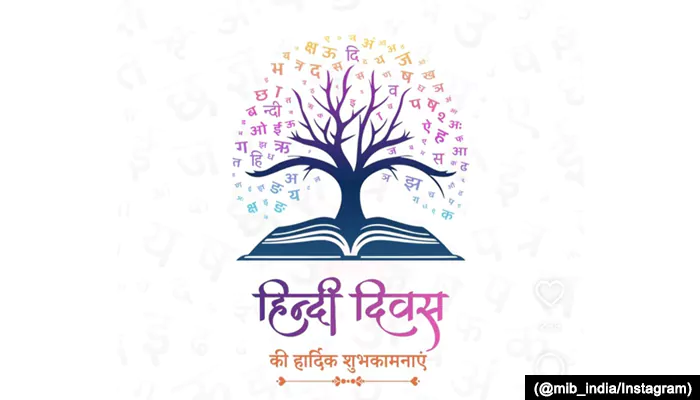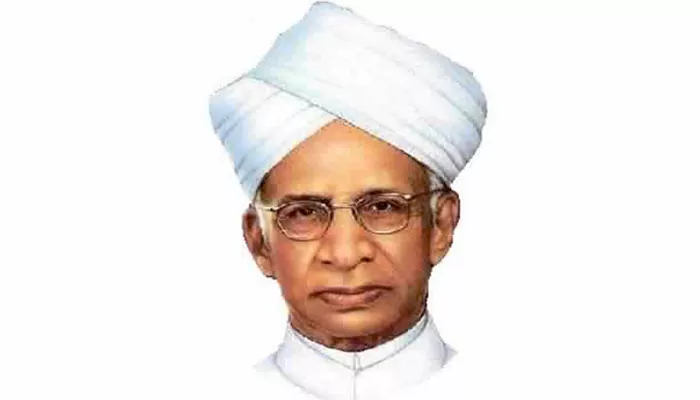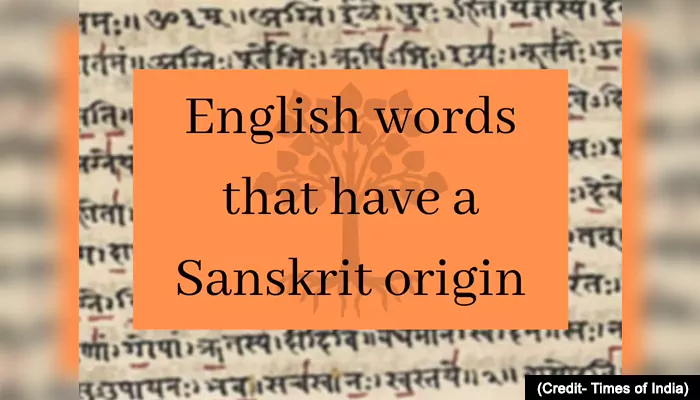
The beauty of Phulkari embroidery lies in its evolution while honouring classic techniques.
Phulkari means 'flower work' in Punjabi, combining ‘Phul’ (flower) and ‘Kari’ (work). It started in Punjab in the 15th century and includes not just flowers but also cool patterns and shapes. The women of Punjab make this bright and colourful embroidery, bringing joy and celebrating their culture. Phulkari is loved all over the world for its beauty and cheerfulness.
The Ancient Art of Phulkari
There are a few fun theories about where Phulkari comes from. Some think it was popular all over India but only stuck around in Punjab. Another idea is that it travelled all the way from Iran, where it was called Gulkari. Even though both mean floral work, they have their own unique styles. Some say the Jat tribes brought it with them when they moved to Punjab, Gujarat, and Haryana. The word 'Phulkari' even pops up in Punjabi literature as far back as the 18th century.
Tales and Traditions of Phulkari
In ancient Punjab, when a baby girl was born, it was a big deal! Mothers and grandmothers would immediately start stitching Phulkaris, beautiful embroidered pieces, for her. These weren’t just any clothes; they were special gifts for her future wedding. Depending on how well-off the family was, they would prepare anywhere from 11 to 101 of these colourful creations.
Phulkaris were made from pure and durable fabrics like silk and mulmul, often adorned with real flowers. They reflected the girl's virtues and character. Originally, these lovely pieces weren’t for sale; they were made with love for family use and worn during weddings, festivals, and other celebrations. It was a way for women to show off their creativity and bring some extra colour into everyday life. Today, Phulkaris are still a cherished part of Punjabi weddings, keeping the vibrant tradition alive.
A Labour of Love
Originally stitched on khaddar cloth using a special darn stitch, Phulkari was traditionally used for shawls and Odhanis, but now you can find it on sarees and chudidaar kameez too. It's all about symmetry and careful stitching—each piece tells a story with its motifs and patterns. And did you know each colour in Phulkari has its own meaning? Red for youth, white for purity, and green for fertility—each one adding a special touch to this beautiful tradition.
Resurgence of Phulkari
The Phulkari embroidery style went through some tough times in history, but it's made a fantastic comeback! Once, there were about 52 different types of Phulkari, but over time, this beautiful art form nearly faded away. However, thanks to its revival efforts, Phulkari is now back in the spotlight as a timeless fashion statement.
After some challenging periods, organisations stepped in to support women by encouraging them to create Phulkaris. Traditionally, these vibrant embroideries were lovingly handcrafted, but now, modern techniques and machines have also joined in, ensuring this tradition stays vibrant and celebrated. What a remarkable journey of creativity and resilience!
Today, this vibrant style isn't just on traditional shawls but also on modern Kurtis, jackets, sarees, and many famous designers are going for it making it more popular on international stage. It's amazing how something domestic has become a global fashion statement. The interest in Indian fashion is growing, promising even brighter days ahead for Phulkari embroidery. Exciting, isn't it?











